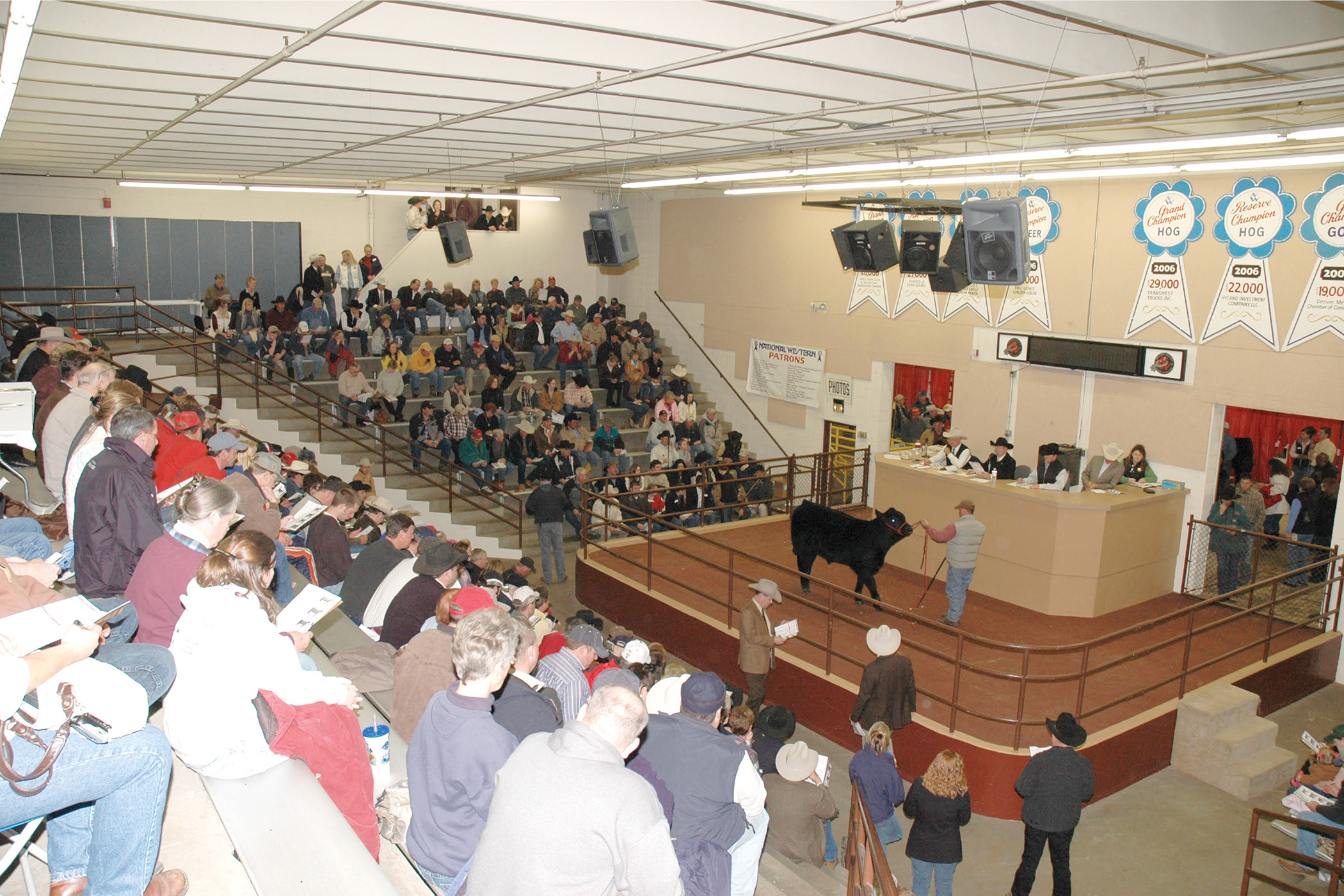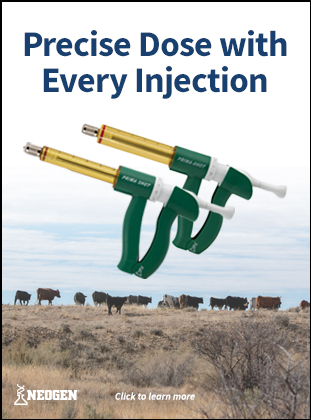Anatomy of Sale Hosting

Anatomy of Sale Hosting
By Jaclyn Krymowski
Hosting a sale can wreak havoc on your nerves, even if you have been doing it for years.
But the rewards of putting yourself out there can be tremendous for your name, business brand, and reputation. Hosting a sale can help you establish your herd among your peers, network and attract buyers who will pay for the full value of your breeding stock.
While there will always be last minute hurdles, you can reduce sale day jitters by planning ahead.
Every Sale Starts with the Animals
Your consignments are the backbone of your sale. In the months leading up, you have plenty of time to consider which animals will be sold and make them look their best in the sale ring.
Whether you are exclusively selling your own stock or taking consignments from other breeders, you need to make sure that they all fit within the framework of your sale. Consider your ideal buyer.
Are genomics a big selling point? Are buyers in your areas hyper-focused on health or maternal traits? Are you hoping to capture seedstock producers, showmen or regional ranches?
Lay out the goals of your sale and set benchmarks for animals that will entice your ideal buyers.
In the 2018 VitaFirm blog post How to Host a Successful Bull Sale, Doug Slattery, COO of 44 Farms, shared his insights:
“You have to have the product for your customers, and you have to have them presented correctly using good genetics, nutrition and health. Customer service and customer relationships are key. You can’t expect customers to come and buy. You have to give them reasons to come and buy. The genetics, nutrition, service and relationships all have to come together. If one is missing, it won’t work.”
Understanding what you have to offer helps you develop highlights and ads for publications or online platforms. This information will help you define a target audience so you can draw them in for the sale. Weave this information across the sale catalog and other promotions accomplished in advance.
Doing the Work
There’s plenty of legwork to be done ahead of sale day, and you don’t want to short yourself on time or resources. One of the best ways to learn how to manage a sale is to attend other local auctions, cattle and non-cattle alike, to get an idea of how other managers create a flow and schedule.
Arrange the big ticket items first, and then handle finer details. This includes lining up an auctioneer, a sale manager, if needed, an online real-time sale presence, or any outside hires, such as additional labor to move cattle and handle bookkeeping.
After creating your objectives for your marketing, it’s dually important to create a to-do list and a timeline of steps to make sure you don’t overlook anything.
Art of the Sales Catalog
Another major component you’ll need to put in place is the sales catalog. While there will be a lot of changes made, it is best to get started on this several months in advance. This not only allows time to ensure a polished, final product for print and digital distribution, but it also gives you time to make decisions on your consignments and the sale order.
Remember, your catalog is not just a marketing tool. It gives buyers insight into your operation and your values and shows them what you are most proud of. And of course, it is also practical as it gives potential buyers information about your animals. Here is your opportunity to highlight pedigrees, EPDs, genomic details and like.
Start your catalog by compiling the information you need. For cows, it’s important to highlight their success in the herd. For heifers, be sure to note any breeding information, if applicable, and information about their dams’ performance. If you are offering bulls or semen, provide a few detailed notes of their impact in your breeding program to prove their value. Finally, be sure your terms of sale are printed clearly near the front of the catalog.
Have a plan in place to distribute catalogs in advance, be it online, in hand or a mixture of the two. It could be a worthy investment to mail hard copies of your catalog to a select list of likely buyers or past buyers.
The last two weeks before the sale, the focus is on day-of logistics and customer service. This includes pen layout, ring layout, and creating the final sale order. (If you are using a full service auctioneer or sales crew, your involvement in this might be minimal. However, be sure it’s on your list to review and approve so you avoid last-minute surprises.) It’s also a time to start further working with customers to answer questions and meet any specific needs.
The Big Day
The week leading up to the sale is a critical time. Make sure facilities are set up to efficiently move cattle through the ring and back into pens. And make sure it is easy for the crew to load out cattle. As well, ensure final pregnancy and health checks will be accomplished and last minute veterinary or transportation documentation made available.
Remember that your service does not stop when the gavel falls for the last time.. Reputation is built by offering cattle that buyers are happy with.
If you have hired a sale manager to help with the sale, they should have a system in place for bidder numbers and procedures for cashing out. If you plan to do that yourself as the host, it’s important you’ve created a system to cover all the bases.
If you have made the decision to host a sale, congratulations. This article is offered as a means of supporting that endeavor. It can be overwhelming and difficult to see the forest for the trees. So, stick to the basics, especially for your first sale. Start small but reasonable and don’t break the bank. If you plan for a recurring event, make it a goal to to improve each time, build your reputation, and find a niche for your brand and your herd.



